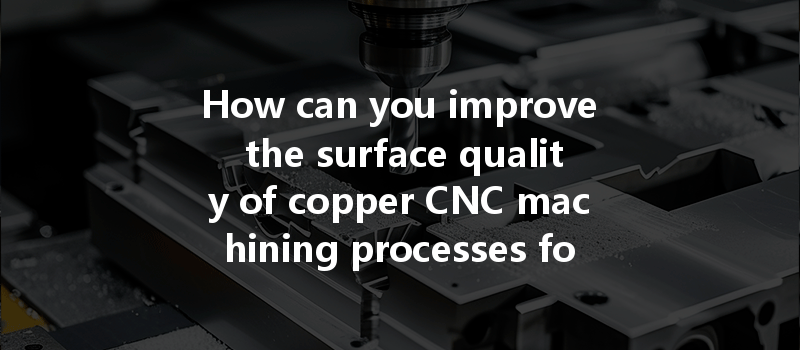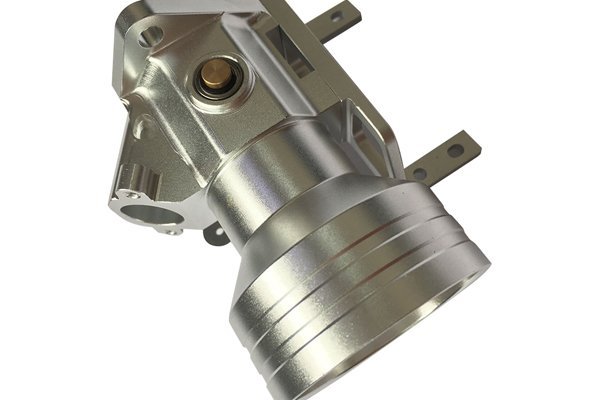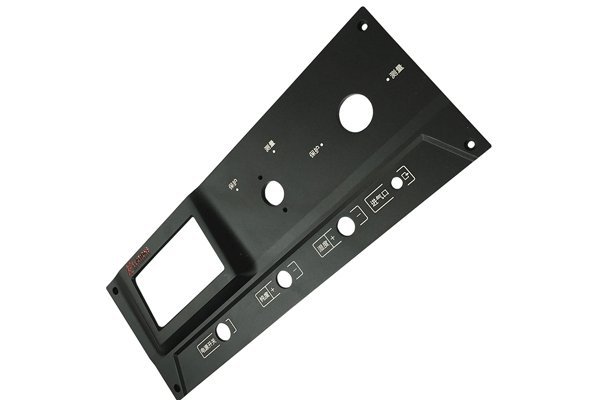Have you ever wondered why the precision and finish of copper parts play a crucial role in industries ranging from electronics to aerospace? In fact, studies show that surface quality can influence not only the mechanical properties of machined parts but also their electrical conductivity, corrosion resistance, and overall performance. This blog will explore in-depth techniques and strategies to improve the surface quality of copper CNC machining, ensuring that your projects meet the highest standards.
to CNC Machining of Copper
CNC (Computer Numerical Control) machining has revolutionized the manufacturing industry, significantly enhancing precision and efficiency. When it comes to machining copper, known for its excellent thermal and electrical conductivity, the challenge lies not only in achieving tight tolerances but also in ensuring a superior surface finish.
Copper is integral to various applications, from electrical connectors to intricate aerospace components. Therefore, understanding how to improve the surface quality during its CNC machining process is paramount. Let’s dive deeper into why surface quality matters and how we can enhance it.
Importance of Surface Quality in Copper Machining
Surface quality is defined by several parameters, including roughness, waviness, and geometry. Each of these aspects affects the performance and reliability of copper components significantly:
Before delving into problem-solving techniques, let’s identify the primary challenges encountered when machining copper.
Challenges in Copper CNC Machining
Despite its beneficial properties, machining copper presents unique difficulties:
Key Factors Affecting Surface Quality
Understanding the influence of various factors on surface quality is essential to improving outcomes:
Techniques to Enhance Surface Quality in Copper Machining
Now, let’s explore practical solutions to enhance surface quality during copper CNC machining.
Choosing suitable cutting tools is crucial for improving surface quality. The primary options include:

Setting the correct cutting parameters can dramatically improve surface quality:
Sensor-based technologies and advanced CNC machines can significantly enhance surface quality:
Proper cooling and lubrication play a vital role in managing heat and improving surface finish:
Even after CNC machining, further finishing stages can drastically improve surface quality:
Consistent tool maintenance is essential to preventing surface quality degradation. Implement regular inspections of tools, machinery, and environmental factors to optimize production.
Establishing quality control measures throughout the machining process helps identify issues early on:
Investing in proper training for CNC operators can make a measurable difference in surface quality. Knowledgeable operators can make split-second decisions that improve machining outcomes.
Achieving superior surface quality in copper CNC machining is not merely a matter of following guidelines; it encompasses a holistic approach that involves the right tools, techniques, and practices. By integrating the strategies discussed in this blog, manufacturers will be better positioned to enhance surface finishes, resulting in parts that excel in conductivity, durability, and precision.
In conclusion, surface quality plays a critical role across various industries, impacting everything from electronic efficiency to mechanical reliability. By emphasizing continuous improvement through training, strategic tool and parameter selection, and leveraging modern machining technologies, organizations can achieve top-tier quality in copper machining.
This blog is a valuable resource for those looking to deepen their understanding of CNC machining techniques, especially as they relate to copper and other conductive materials. Take these insights to heart—they’re key to maintaining a competitive edge in manufacturing.






